What we call the “Instagrammable exhibition” is not just a phenomenon related to compulsive photography, but it is an entire curatorial mode that has learned to subtract every obstacle from immediate recognition. And it is enough to enter it to notice that nothing can really escape: the lights fall exactly where they should, the colors are calibrated not to hurt the eye, the layout of the spaces is a choreography studied to the millimeter, with no blind spots and no contingencies. It is an environment in which the work does not live, but only poses. The air itself seems already filtered, ready to slip into the grid of a screen.
The path is constructed so that the viewer never stumbles, never gets lost, never remains silent any longer than necessary, and its visual language is limpid, reassuring, devoid of fissures. Even the narrative is defused: instead of a thesis to discuss, a stream of predictable suggestions; instead of friction, the caress of a standardized emotion.
They are a bit like certain cheesy horror films in which you know with pinpoint accuracy when the jumpscare will come, or those TV series that keep you glued to the screen precisely because of their being deliciously kitschy and predictable: you already know where they are going, but you stay, comforted by the certainty that you won’t have to face anything unexpected. Thus, even in many exhibitions, the thrill is calculated, the surprise is planned, the tension is replaced by a choreography of the obvious.
The problem is not beauty nor care, which also abound, but the total absence of risk, because the work, even when it arises from a tension, from a fracture, is tamed until it becomes pure graphic sign, a “right” image to be disseminated. There is no room for disorder, for misunderstanding, for that moment when the visitor finds himself without footholds, because everything has already been translated into a comprehensible language, ready to be shared, free of dark margins. So while we think we are moving among the works, we are actually moving within a format. And in that format, art is no longer encounter: it is trivial confirmation. Confirmation of what we already know about the artist, confirmation of what we expect to see, confirmation of what will be useful for us to take away in the form of an image. It is a vision that reassures, but does not dig; that seduces, but does not touch the point at which art ceases to be pleasurable and becomes necessary.
And this is not to demonize instagrammable exhibitions, nor to dismiss them as a degeneration of the present. It is undeniable that they have intercepted a definite need: That of an art that shows itself to be accessible, immediate, reassuring, and in this sense they certainly function as a threshold, as a space of approach, as a prelude to a possible familiarity, but the question, however, is whether that threshold really leads somewhere or whether it remains only an ornamental gateway, an entrance that opens not rooms but endless and always the same corridors, where every experience is destined to dissolve the instant it is documented.
The problem, then, is not the desire for comprehensibility (sacrosanct in a time that has excluded entire generations from the language of art), but the fact that comprehensibility, when it becomes absolute, ends up coinciding with sterility. That which is entirely readable, entirely translatable, entirely free of residue, leaves no room for the inner workings of the viewer, produces neither shock nor hesitation. For retrospectives should not claim to be understood at first glance, but should be able to aspire to remain in abeyance, to deposit an excess that resists deciphering, to create a wound of meaning that compels one to return, to question, to doubt.
The paradox is that often, on the other side, we come across exhibitions that choose the opposite path: panels written in impenetrable jargon, phrases that seem to be written for a contest of semiotic acrobatics, so self-referential that they exclude the viewer rather than welcome him or her. In both cases, whether in excess of clarity or deliberate opacity, the effect is the same: the work disappears. It is in this tension that we measure the difference between an exhibition that is content to please and one that dares to dig in, even at the cost of displacing.
And it is here that Valerio Berruti’s More Than Kids at the Royal Palace clearly reveals the ambiguity of that model. This is an exhibition that seduces with its readability, reassures with its grace, but in doing so confirms to the core the now tired logic of the “already seen,” the recognizable, the photographable. Berruti’s universe is what we know: stylized childlike figures suspended in a timeless space, forms reduced to the essential, flat colors, sharp outlines. It is an immediately readable language that does not claim to destabilize, but conveys stillness, reconciles, flows.
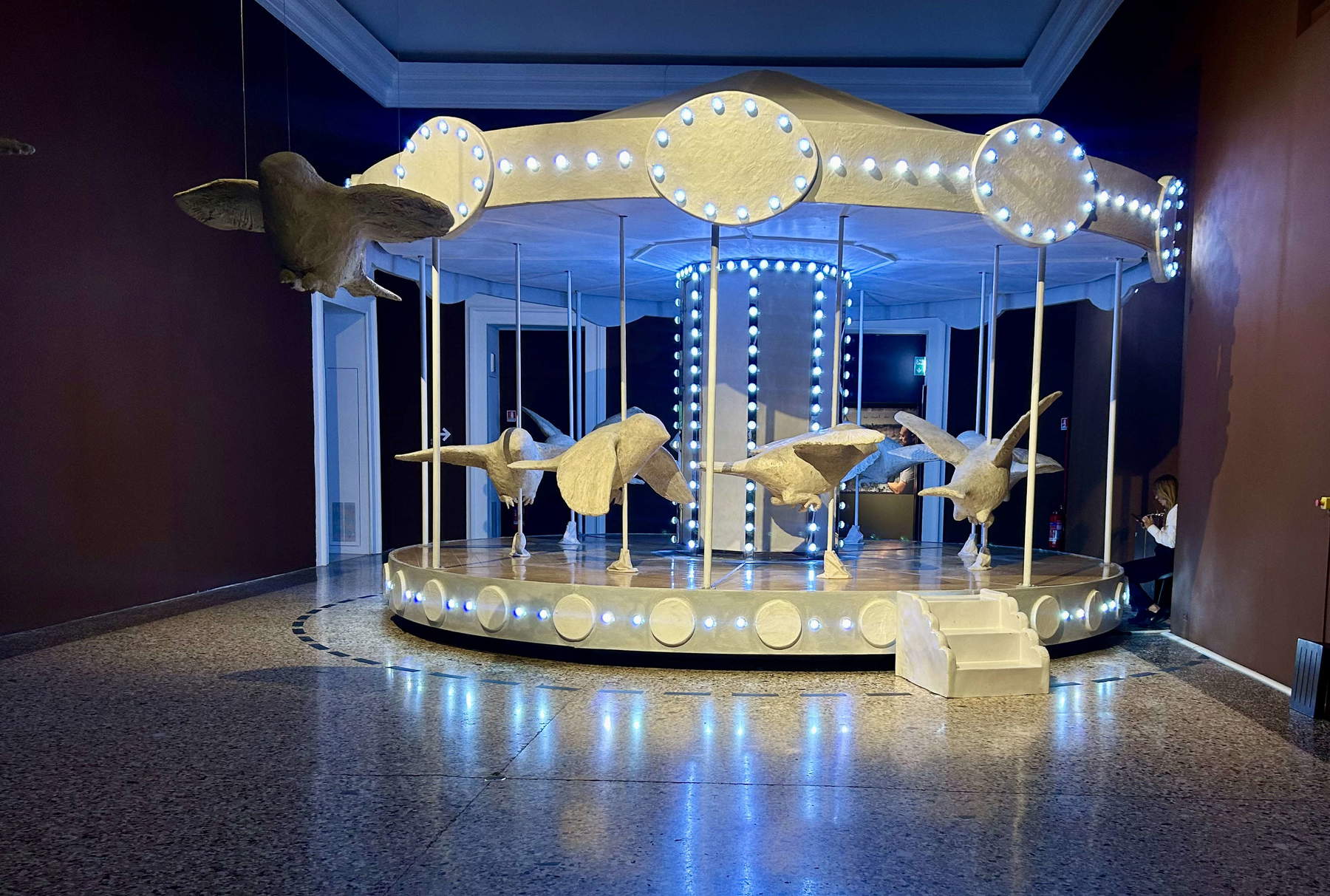
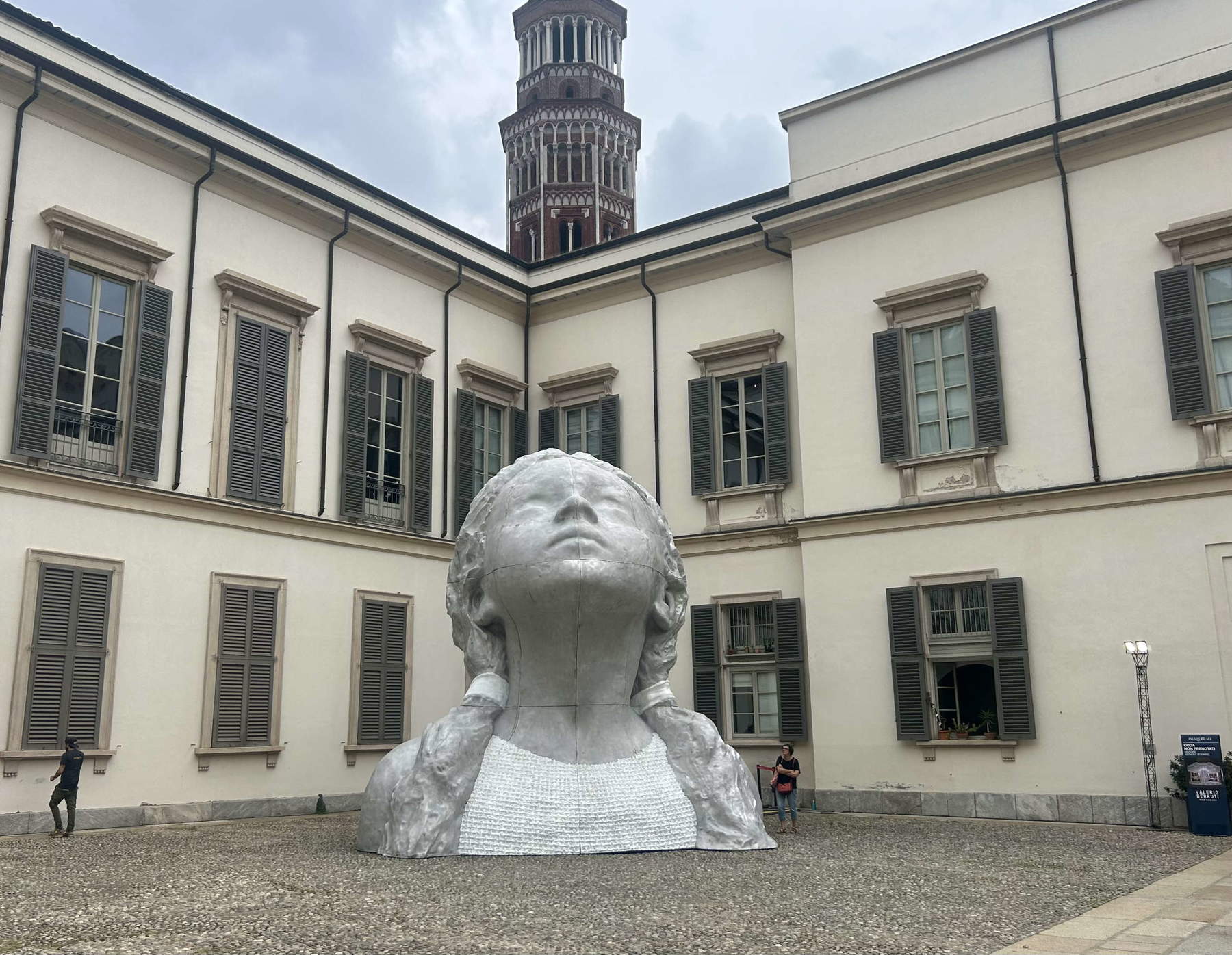
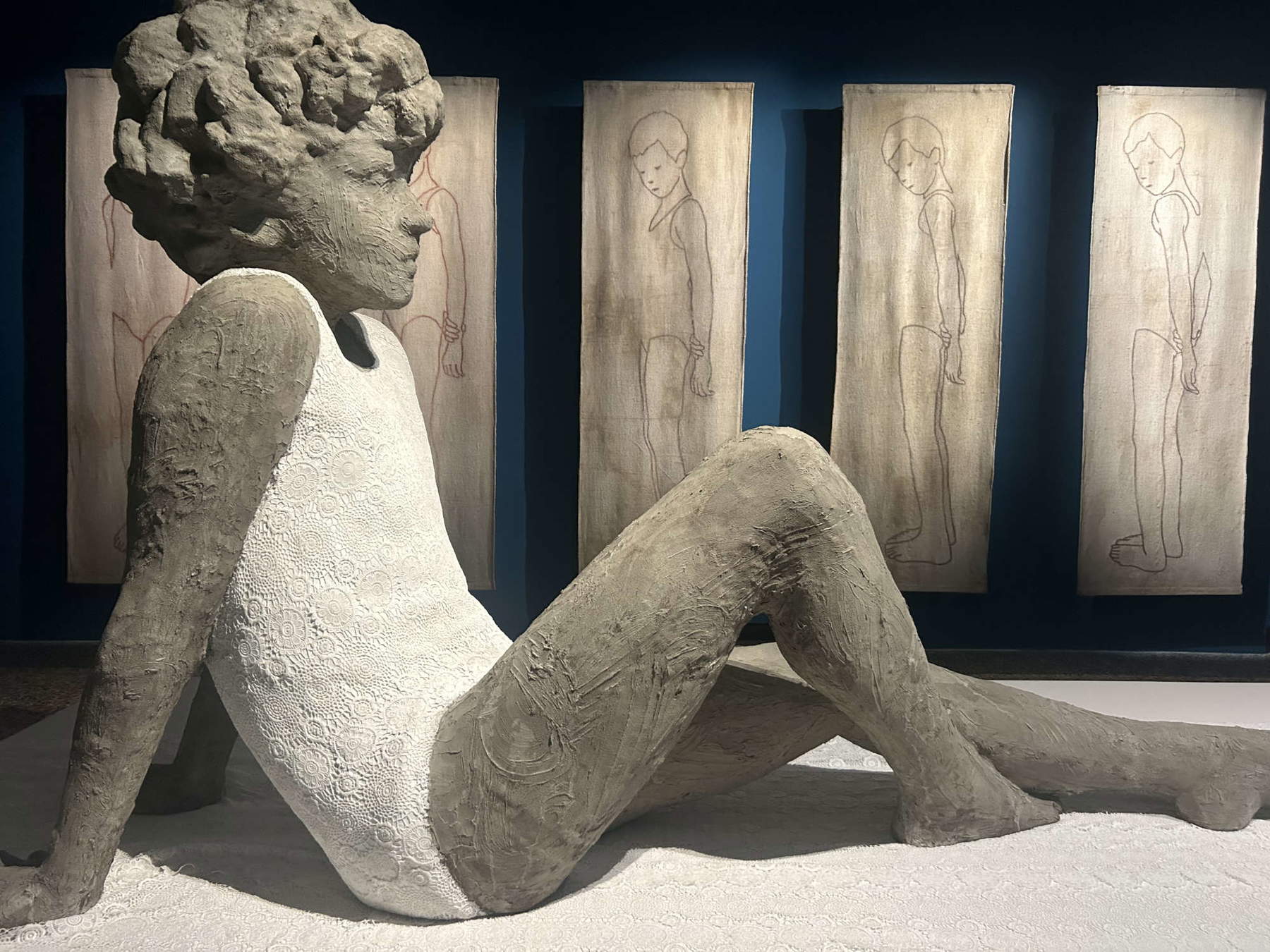
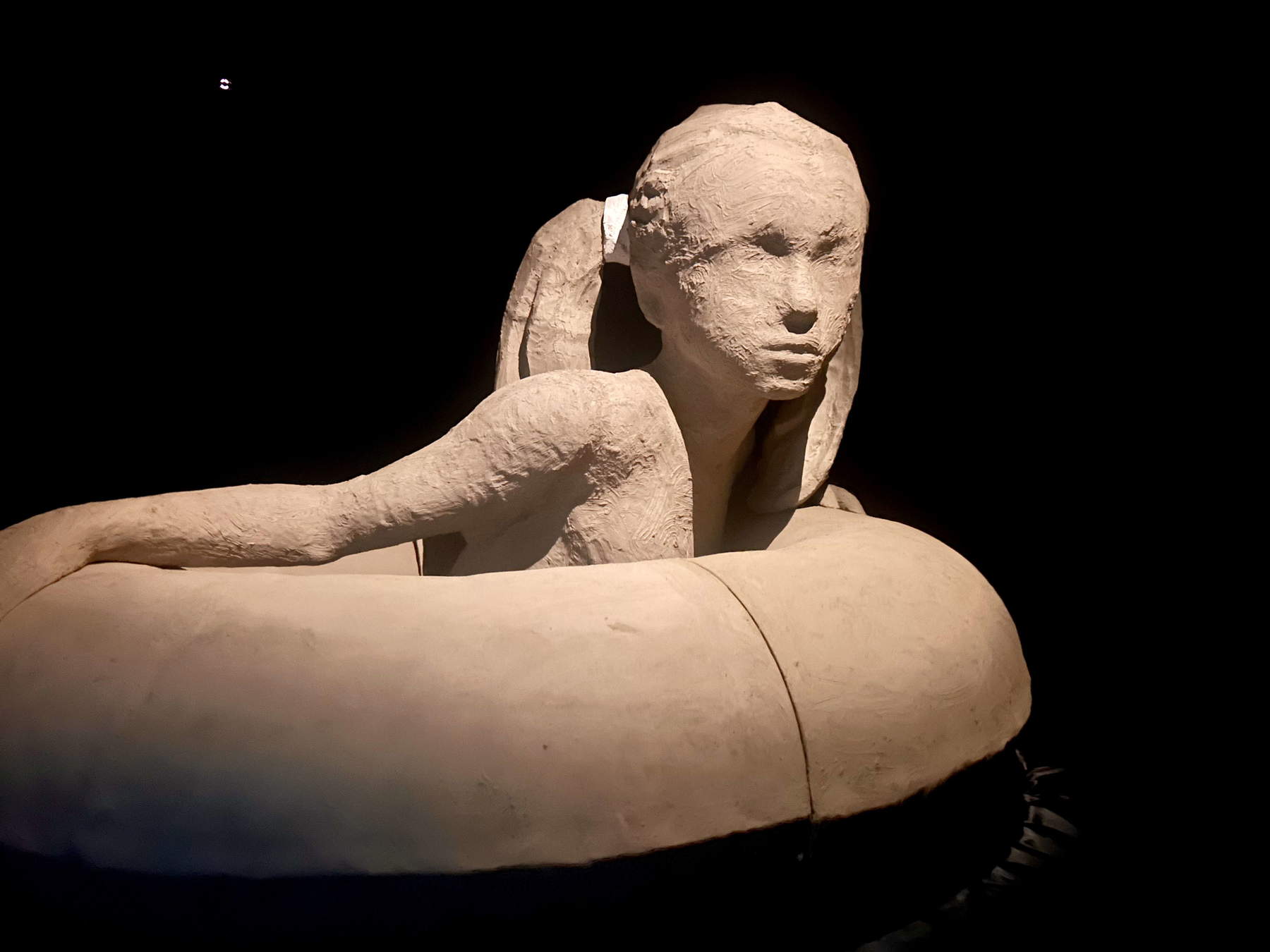
So far nothing wrong, there is nothing wrong with constructing a work that is accessible, but the set-up amplifies this register until it becomes a perfect habitat for the shot. Berruti’s children, who are already docile icons, drained of conflict, move in calibrated environments, where the light hardly ever changes and each room seems designed to become a backdrop. It is an exhibition that offers the pleasure of immediate recognition, but not the risk of misstep.
In this, More Than Kids seems to adhere perfectly to the grammar of many Arthemisia-signed operations: a curatorial brand that knows how to dose emotion and decoration, brand and biography, until it builds a cultural product that “works” before it is even seen. One enters with the expectation of finding something “beautiful,” and one does, exactly as expected, but therein lies the problem: if surprise is ruled out by design, if friction is removed at the outset, then the experience remains flat, even when flawless.
The exhibition is cute, readable, even reassuring. But in art “cute” is already a condemnation, and is for that reason harmless, destined to die out in the space of a few minutes. It does not open up questions, it does not build tension, it does not force one to look beyond the safe perimeter that the setting has drawn. It is the difference between a door that introduces you to a new world and a frame that gives you back an image you already know: in the first case you come out different, in the second you come out identical, with a picture that confirms what you expected to see.
More Than Kids is not an isolated case. Also at the Palazzo Reale in Milan, in September 2024, the exhibition dedicated to Munch also moved along a similar track with important works, some rarely seen in Italy, but set in a path that seemed more like a museum move than a critical reading. Munch’s torment was presented as an aesthetic brand and his suffering as a narrative product. There was no investigation of the pictorial material, the instability of the figure, the obsession with the mark, but only the reassuring re-presentation of the cliché of the cursed artist, packaged to confirm what we already know and what is easy to tell.
The same mechanism was to be found in Visions in Motion.Graffiti and Echoes of Futurism at the Fabbrica del Vapore, which could have been a fertile opportunity to bring urban languages and historical avant-gardes into dialogue, but instead was reduced to a sequence of decorative surfaces, visual slogans and compositions designed more to be background than to open a discourse. It was street art without street and futurism without avant-garde: a hybridization that promised energy and returned only its polished aesthetics.
And then Easy Irony at MAMbo, an exhibition that set out to reflect on comedy as a political gesture, but which bent to the need to be clear, immediate, neat to the point of harmlessness. Irony, which by definition lives in discard and the unexpected, was sterilized. The walls seemed to decide for you when and how to laugh, turning laughter into an expected, regulated, even polite act.
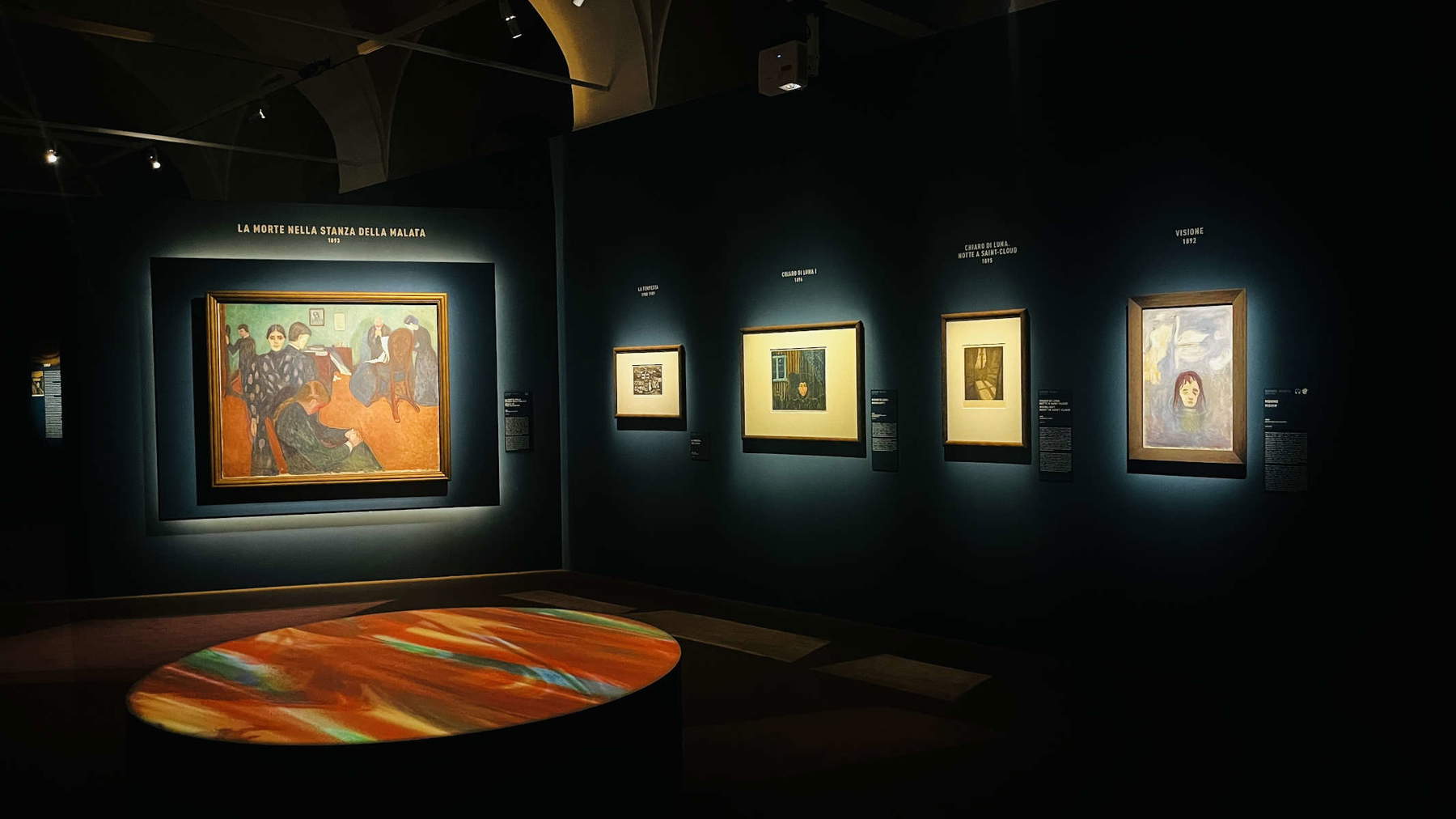
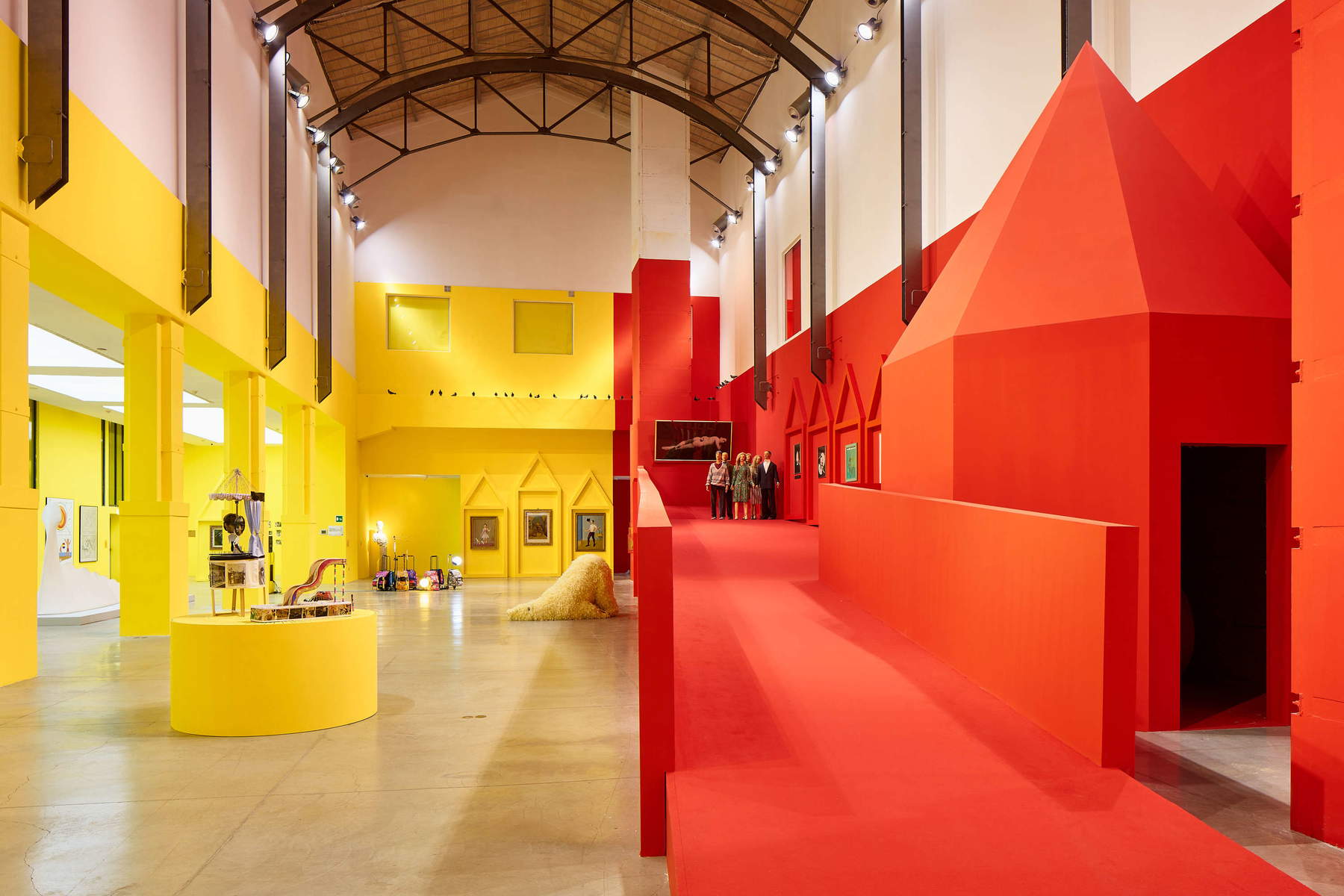
These cases, while different in theme and language, share a common curatorial posture: eliminate the margin of uncertainty, ensure that the viewer leaves with a clear, “beautiful,” and shareable perception of the experience. It is a strategy that works in the short term, especially in terms of attendance and social coverage, but rarely leaves anything to settle over time.
Yet, not all exhibitions succumb to the temptation of smoothness. There are curators, curators, and artists who still choose to crack the surface, to insert maybes, to not offer the visitor the protection of a linear path. At the Albertina in Vienna, Jenny Saville’s Gaze was not merely spectacular (and it was, inevitably: with the outsized bodies, the canvases invading space with the violence of proportion, the carnal brushstrokes making skin and matter tremble), it did not seduce in a sterile way. The immediate impact was only the threshold, a frontal blow that did not close the discourse but opened it: the viewer, just past the initial vertigo, had to measure himself with the vulnerability of the flesh, with the brutality and gentleness that coexist in the same body, with the continuous oscillation between attraction and repulsion. It is an art that always allows itself to be photographed, certainly, but one that resists photographic reduction because no shot can contain the weight of the material, the smell of oil and flesh that seems to emanate from the canvases, the unmistakable sensation of being watched as one looks, of being exposed to the same gaze that one claims to dominate.
Others, however, such as Joana Vasconcelos in Ascona, demonstrate that one can challenge experience and even to instagrammability without thereby plunging into simplification. Her monumental, tactile and enveloping installations seduce the viewer with their scale and hypnotic aesthetics, but they do not exhaust themselves in awe. They remain ambiguous, unstable, open to a plurality of readings: behind the colorful surface one senses the weight of traditional craftsmanship, the fragility of materials that threaten to give way, the fierce irony that dismantles the myth of feminine decorum and returns it as an ungovernable spectacle. These are works that can be walked through, touched, photographed; but when the image has already been taken, doubt remains, the question that cracks euphoria even, and the awareness that beauty, if it really wants to count for something, must remain disturbed.
The same could be said of the photographic exhibition on Francesca Woodman, also at the Albertina. These are tiny, fragile images, almost invisible unless one bends down to touch their threshold, forcing one to approach them physically and mentally, to slow down, breaking the rhythm of contemporary viewing. They never offer immediate reading: they demand silence, intimacy, vulnerability. And again, at Kunsthaus Wien, a path that interweaves painting, ecology and visual activism without attenuating their fractures, leaving the viewer to find his or her own trajectory within heterogeneous and sometimes dissonant materials, in a landscape that does not allow itself to be reduced to a formula.
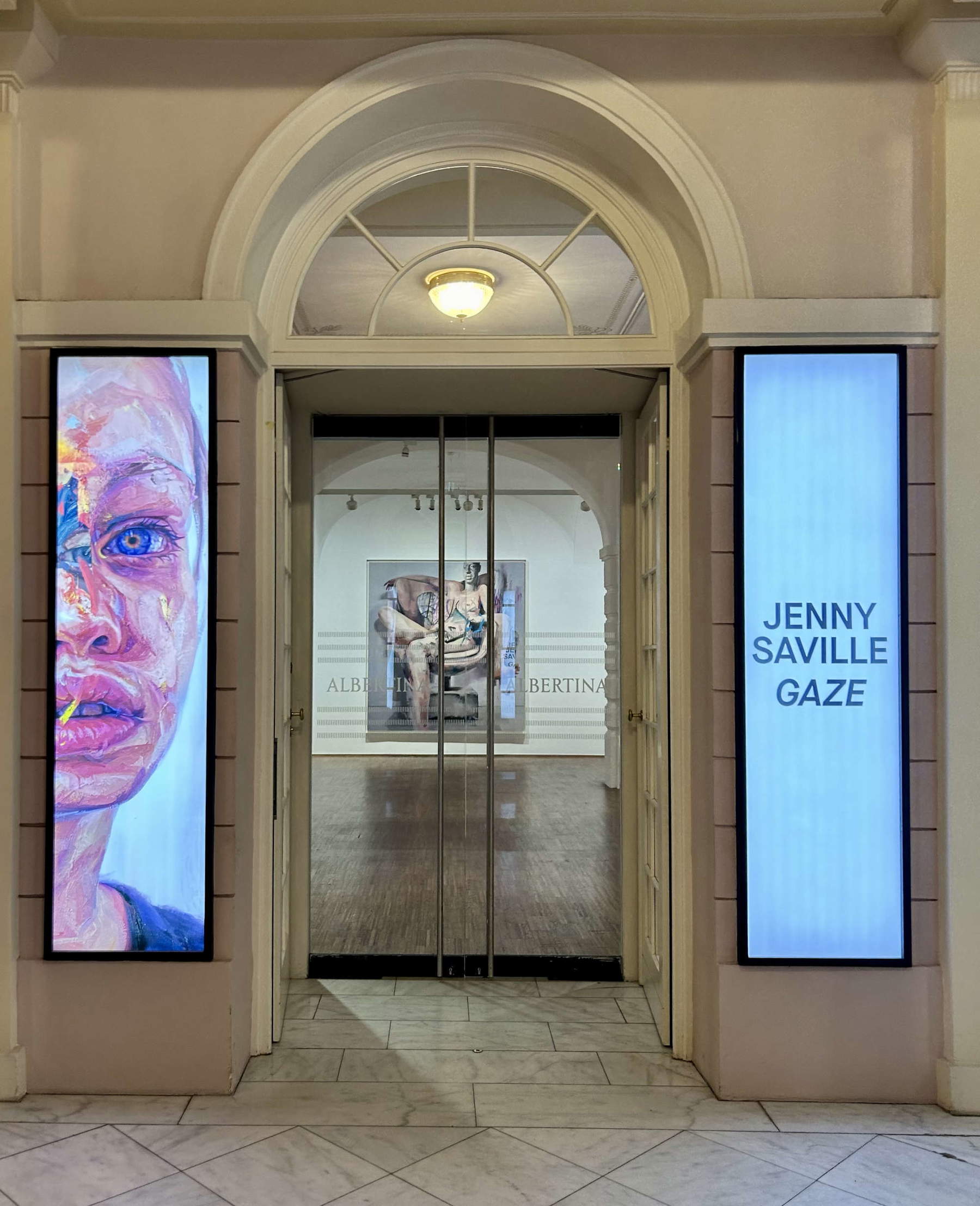
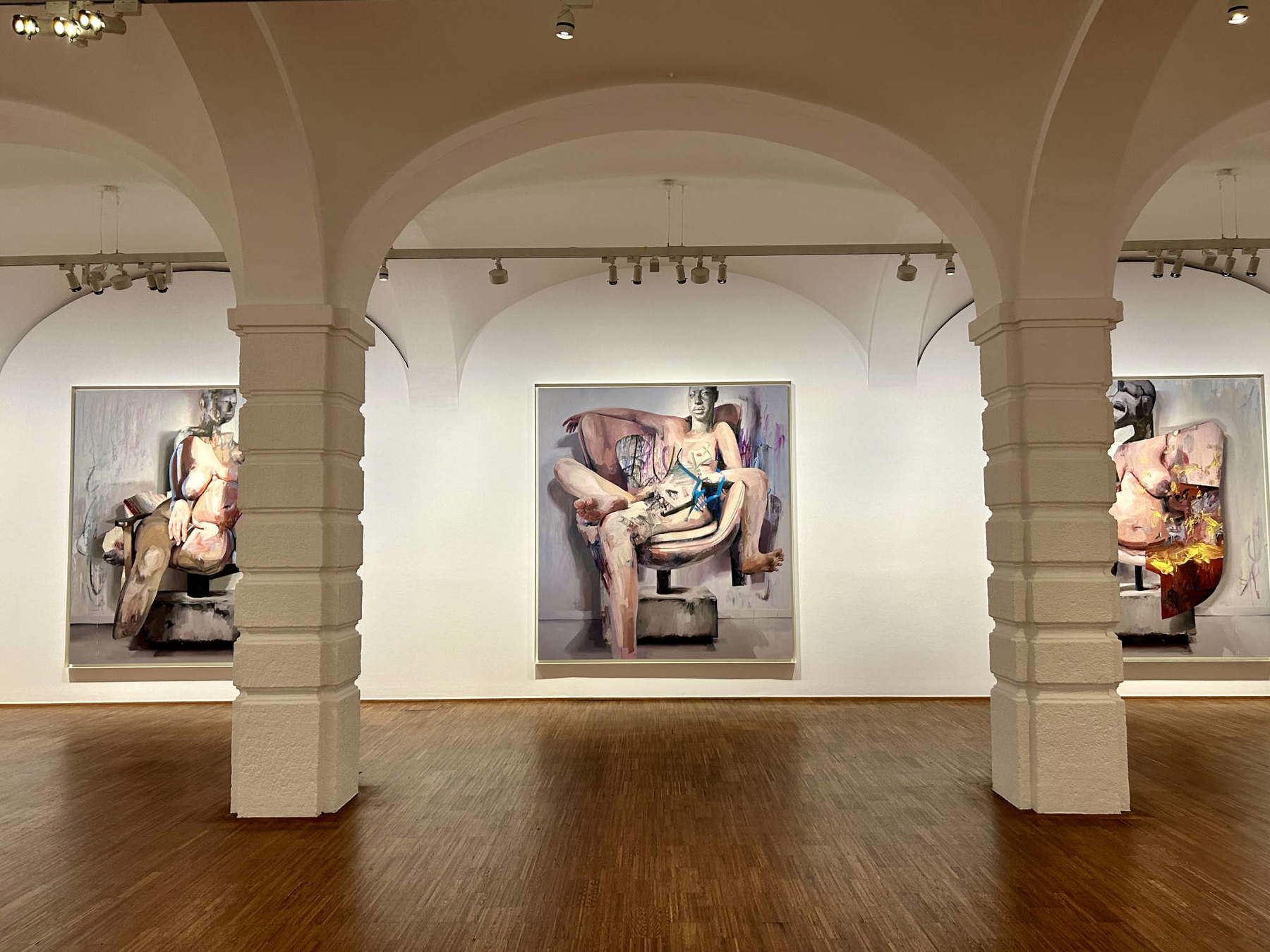
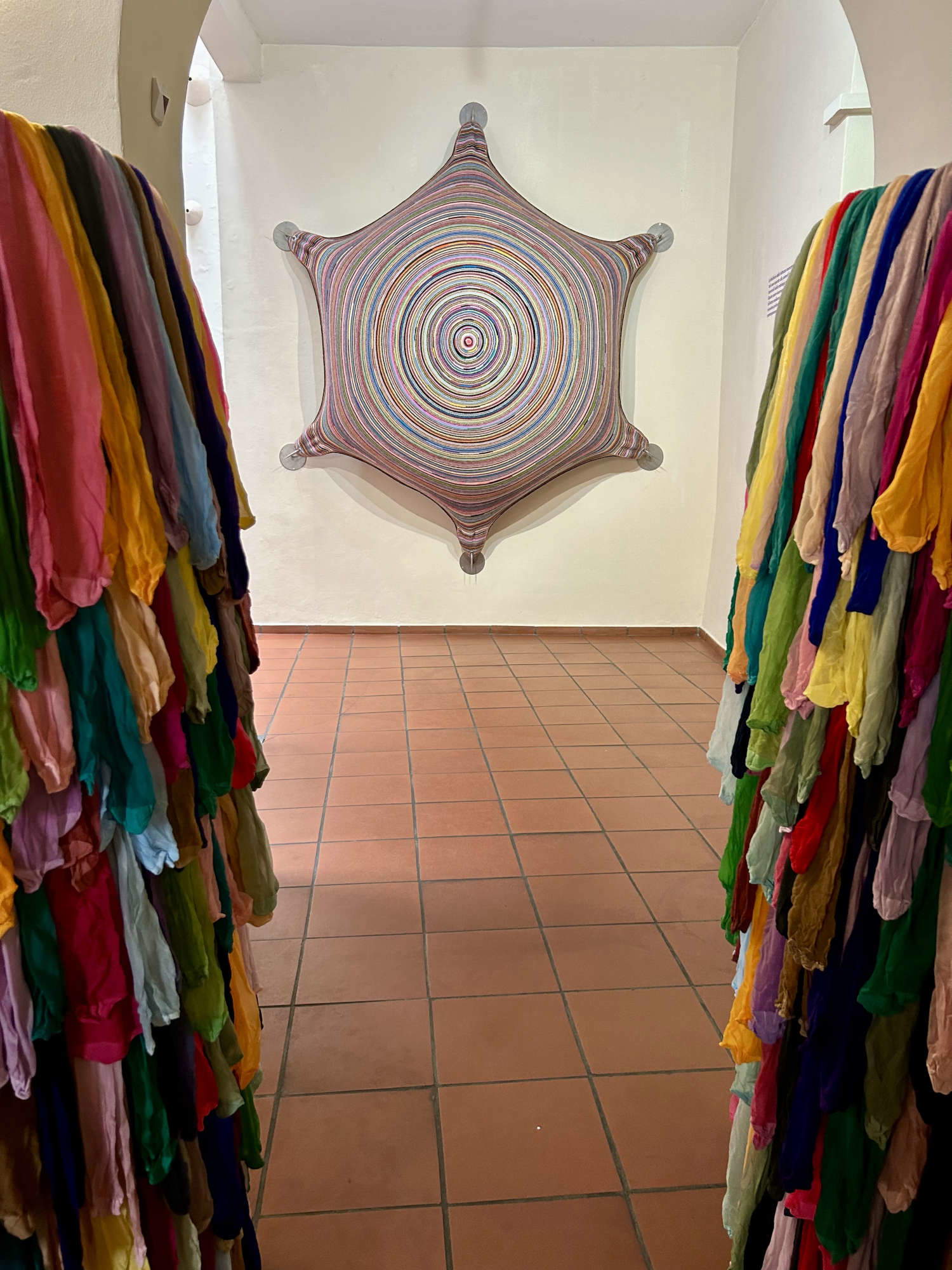
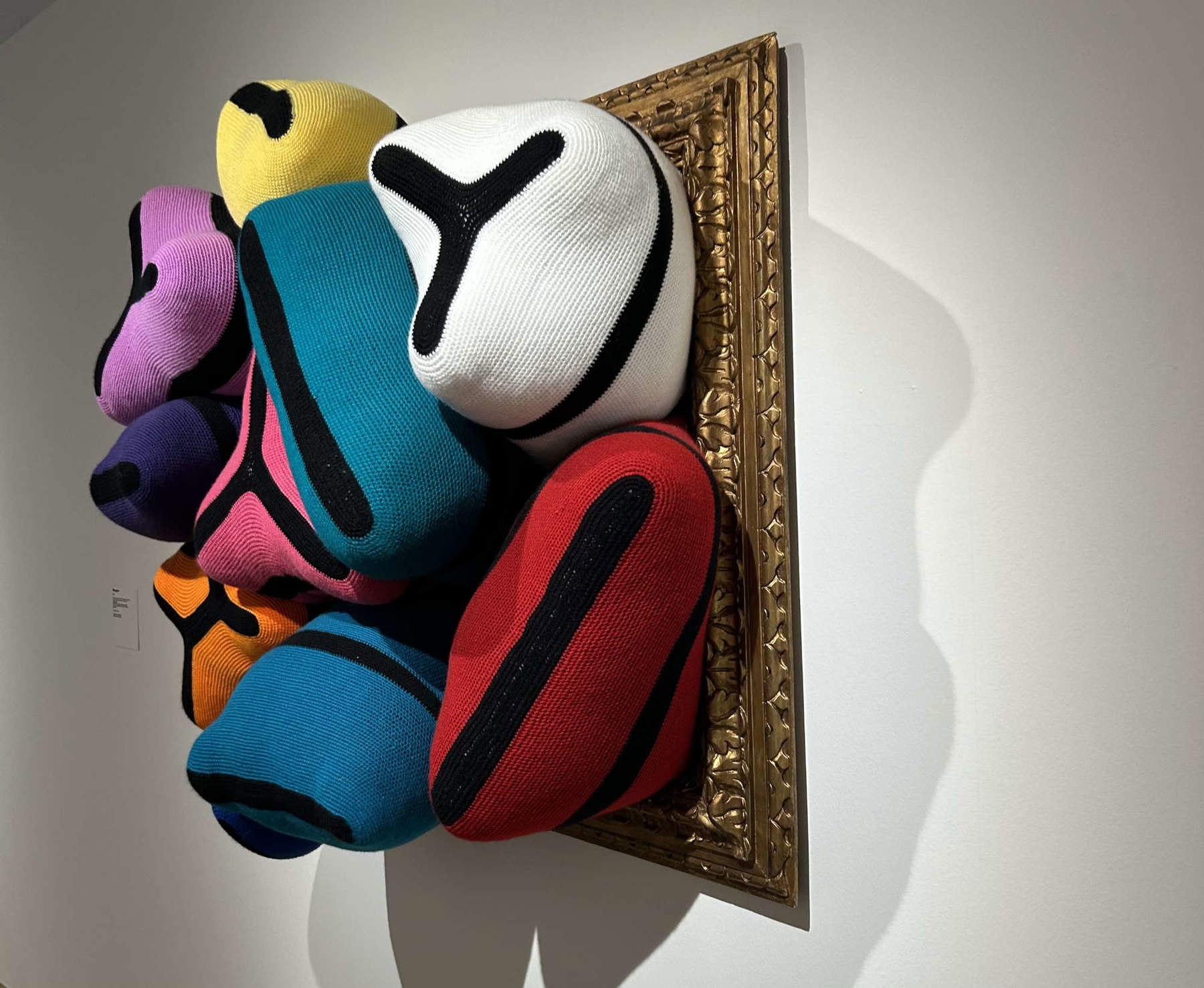
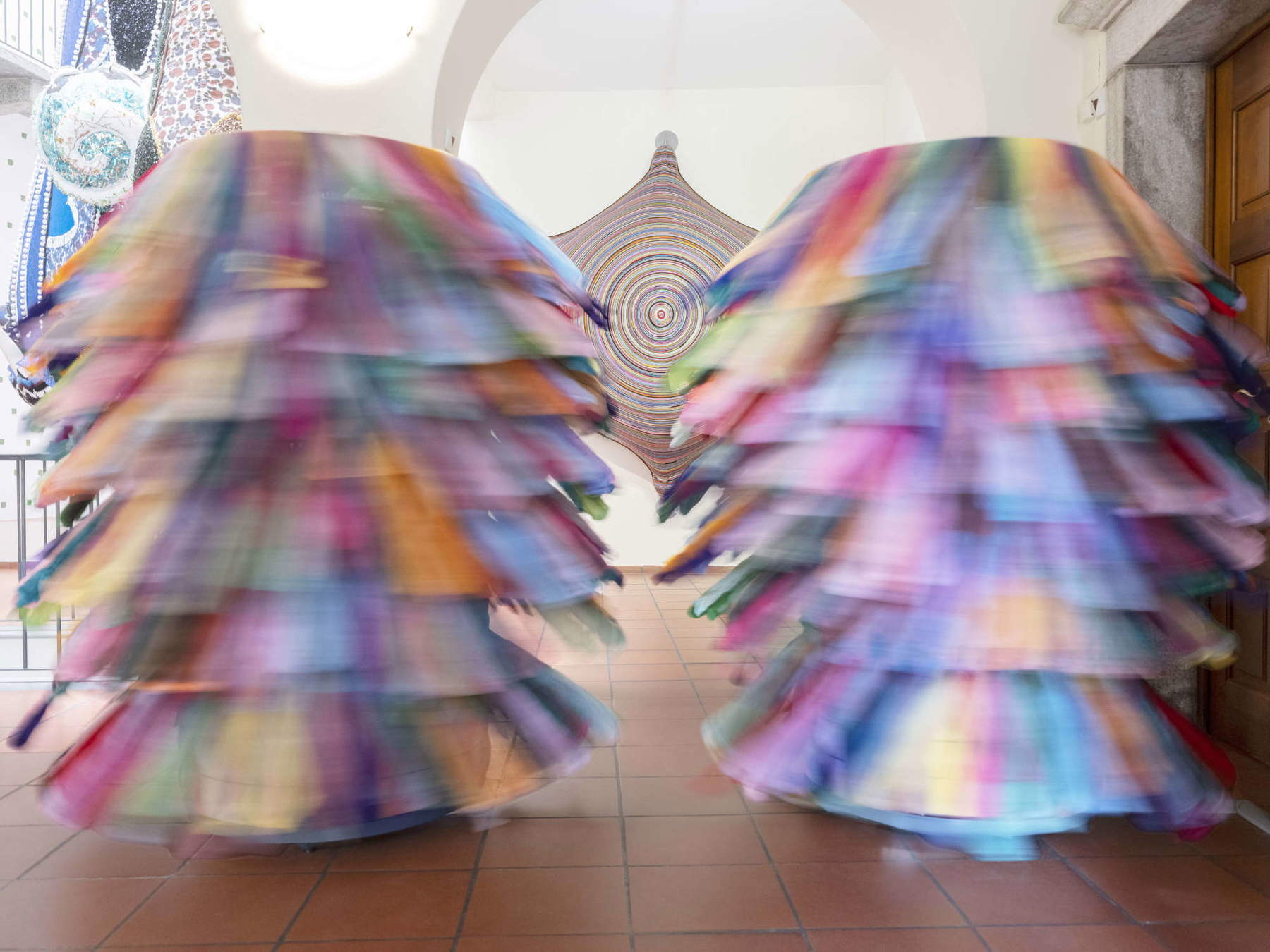
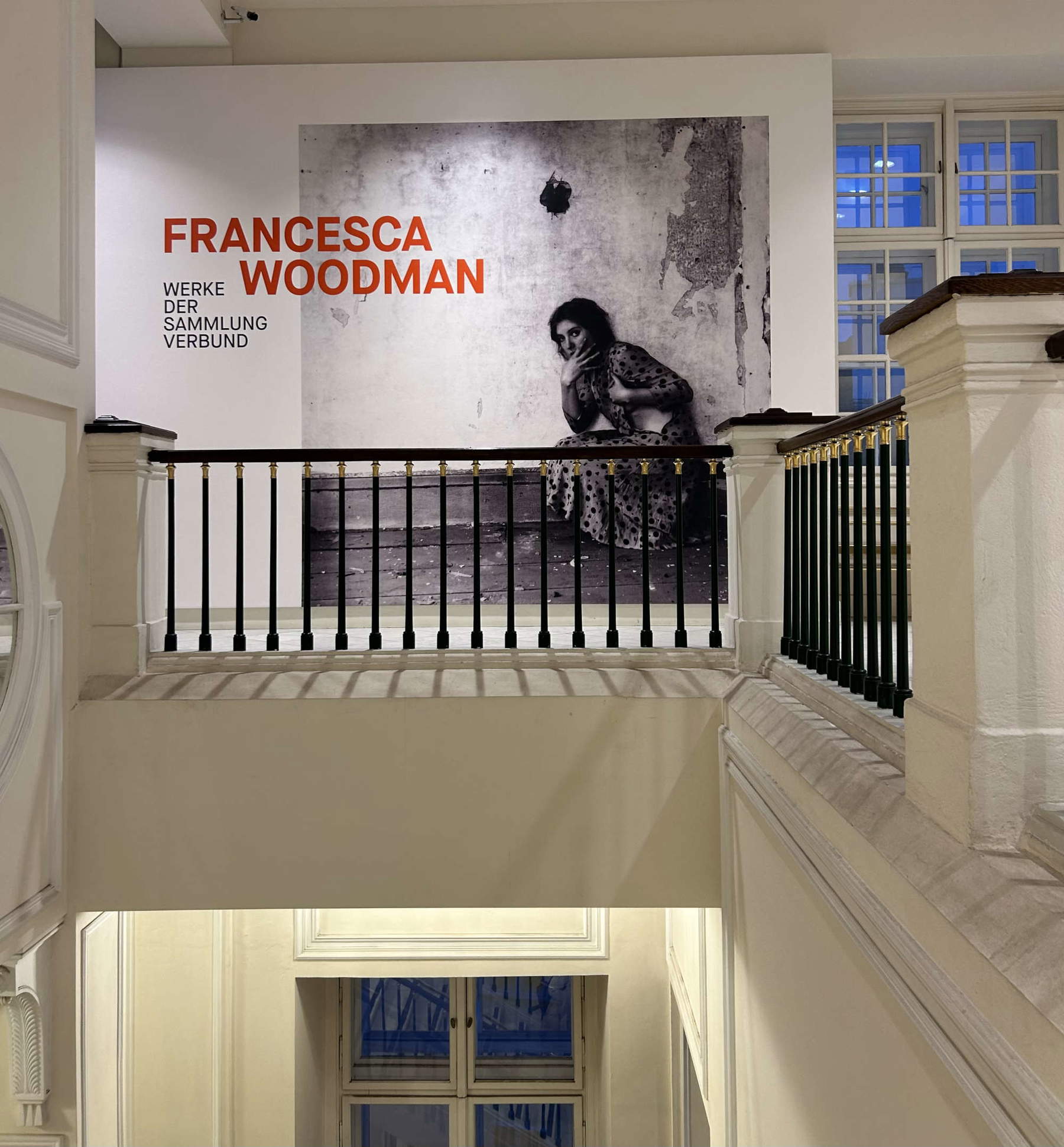
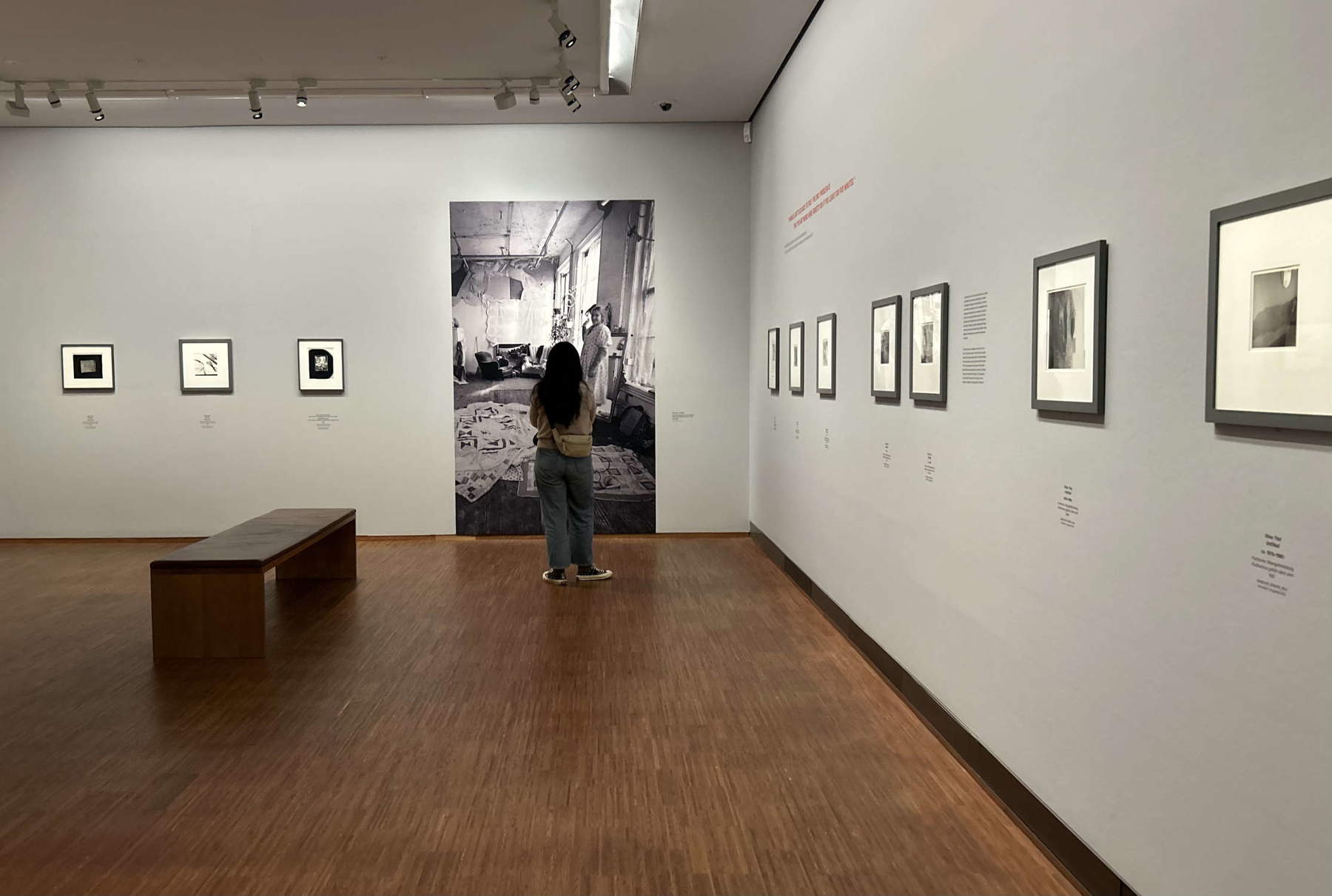
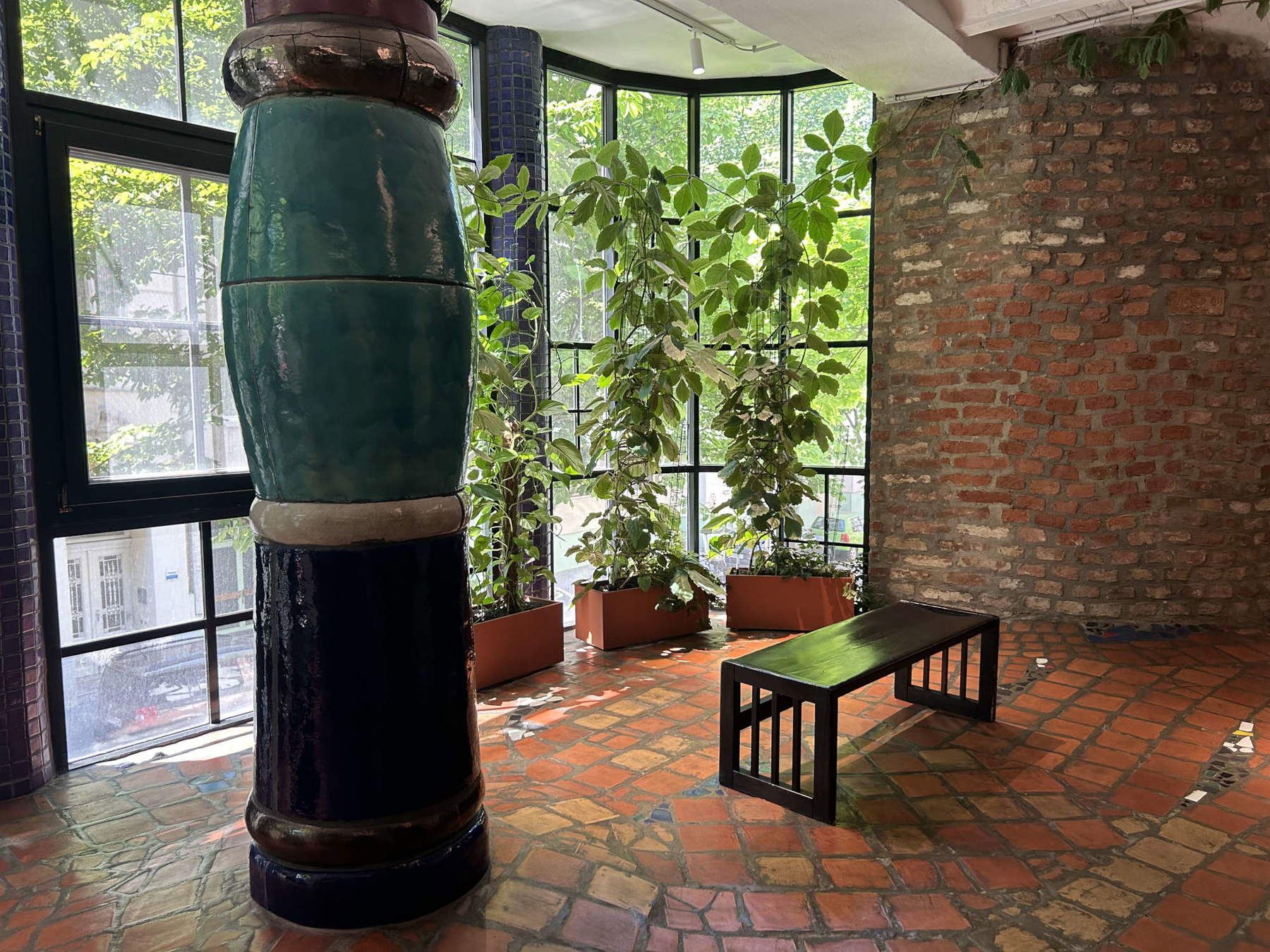
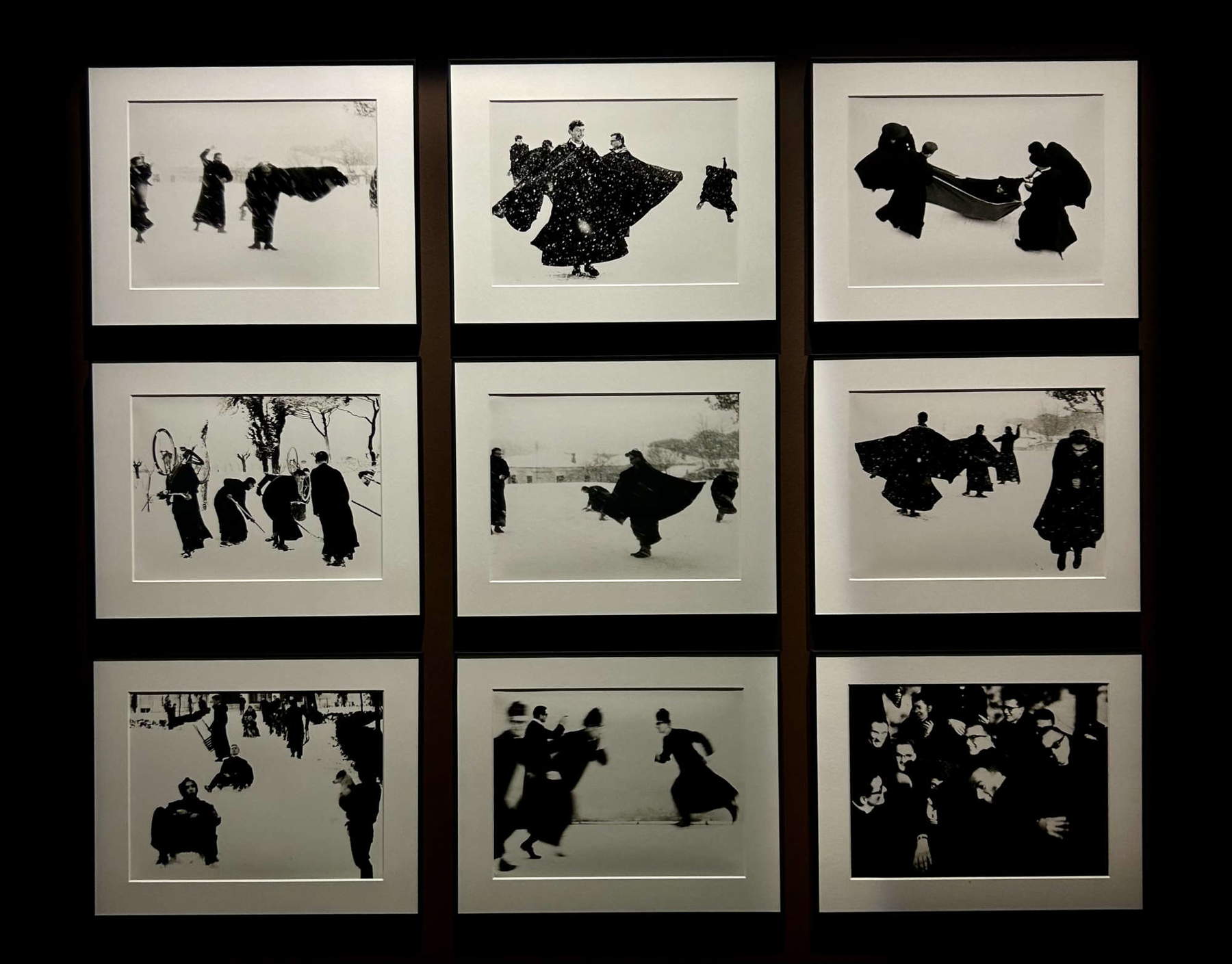
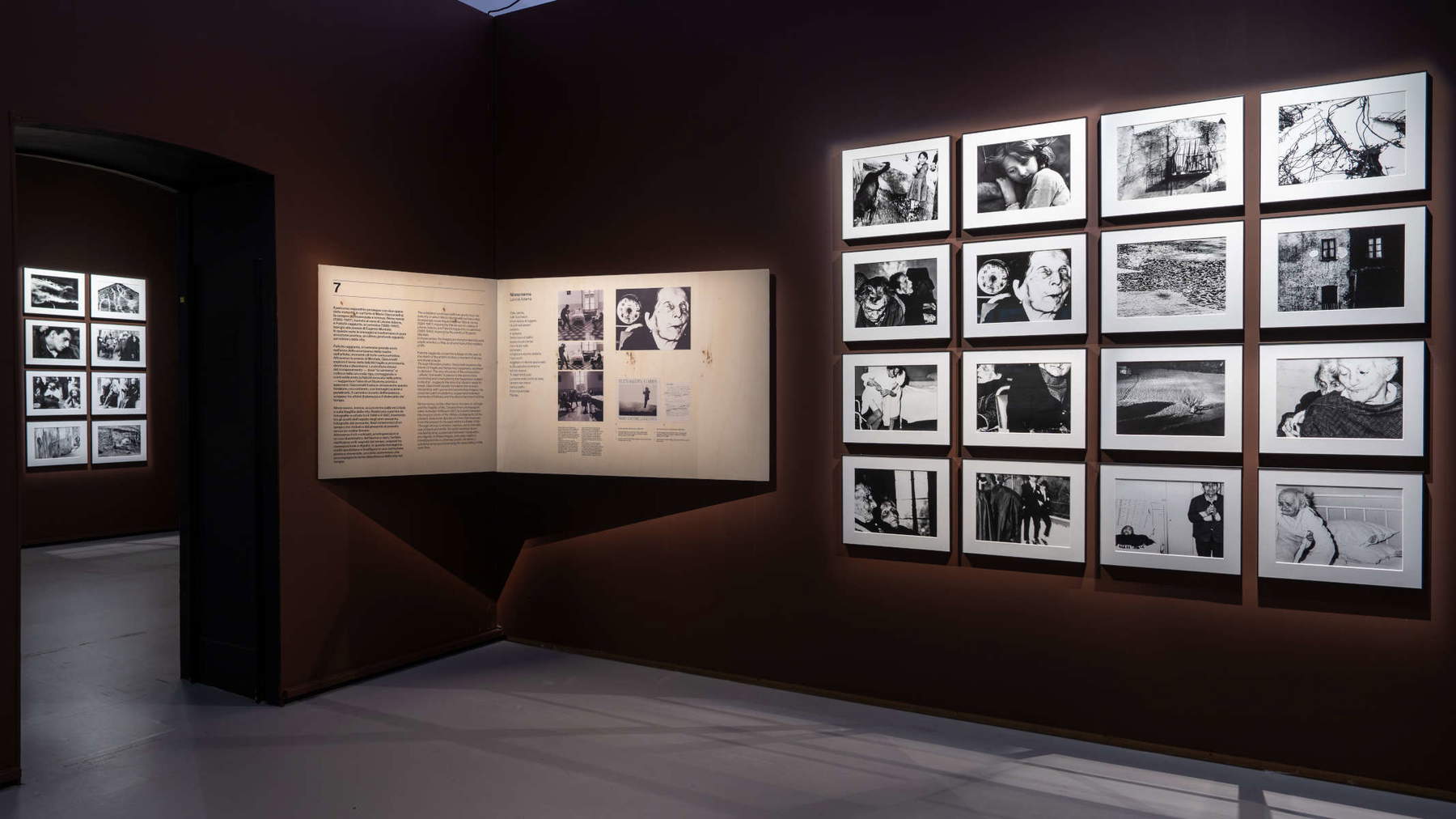
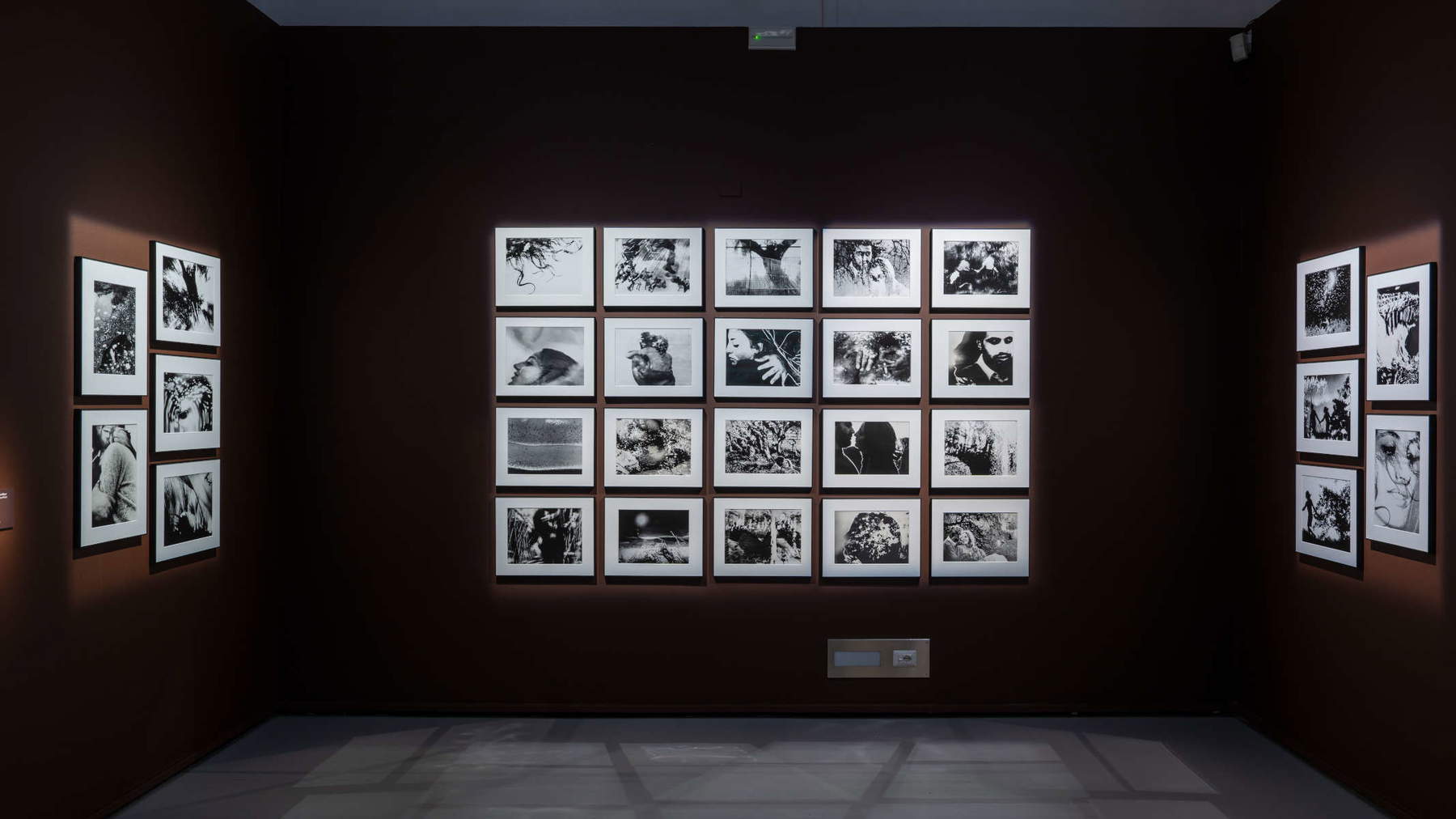
And it should not be forgotten that, alongside Valerio Berruti’s hyper-instagrammable exhibition at the Palazzo Reale, the exhibition Mario Giacomelli: the photographer and the poet opened in parallel, curated with masterful rigor and imagination, capable of restoring the complexity of an author who condensed an entire worldview in the grain of film. An almost unintentional counterpoint, showing how two opposite modes can coexist in the same place: on the one hand the smooth, immediate, reassuring experience; on the other hand Giacomelli’s rough black and white, which does not console, which does not illustrate, which keeps asking to be interpreted.
These are experiences that do not always appeal to everyone, and that is okay. Art is not called to please, but to resist neutralization. An exhibition that leaves you walking out with an open question, with the feeling that you haven’t seen everything or haven’t fully understood, has already done infinitely more than a perfectly packaged event. Because it doesn’t just give an impression, it deposits a wound. And the wound, unlike the impression, does not vanish in the feed.
Warning: the translation into English of the original Italian article was created using automatic tools. We undertake to review all articles, but we do not guarantee the total absence of inaccuracies in the translation due to the program. You can find the original by clicking on the ITA button. If you find any mistake,please contact us.